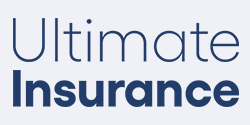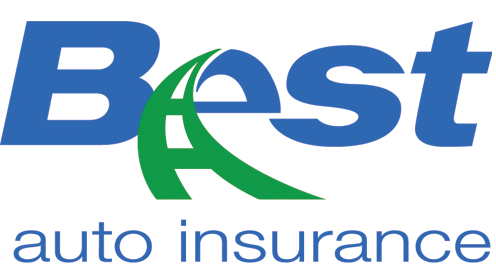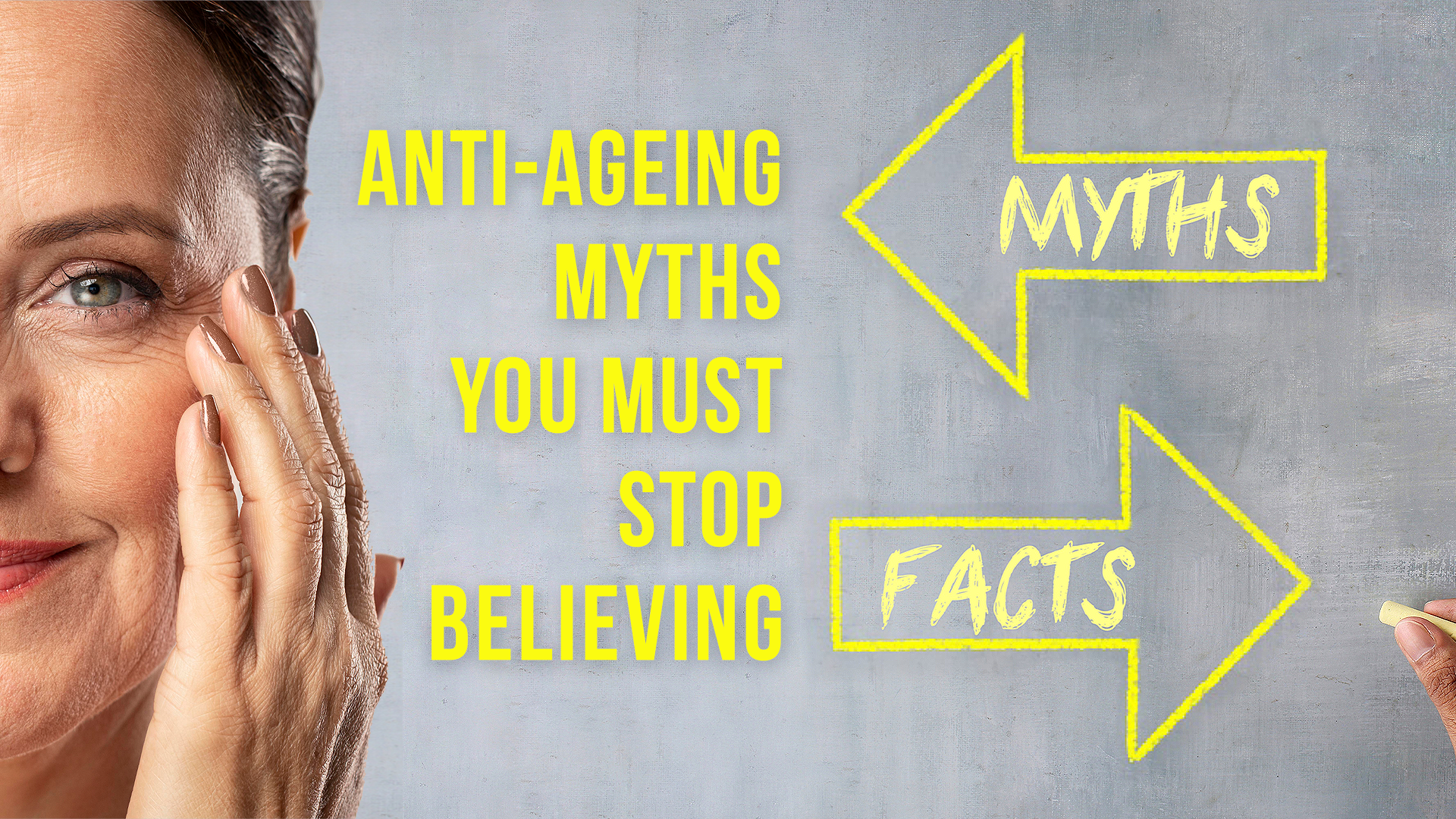When you drive someone else’s car, the owner’s auto insurance policy should cover you, as long as you’re using the car with the owner’s permission. However, if you get into an accident and the damages exceed the amount specified by the owner’s liability coverage, you may be on the hook for a significant amount of money.
When this happens, the injured party could come after your assets — including your savings and home — to get the money you owe. Non-owner insurance protects your financial health by increasing the amount of your total car insurance coverage.
Non-owner insurance can also be helpful if you will be without a car for a period — for example, if you’re spending a year abroad — and want to maintain continuous insurance coverage to prevent higher rates in the future. This is helpful because insurers typically charge higher rates if your insurance coverage has lapsed recently.
KEY TAKEAWAYS
- Non-owner car insurance is liability-only coverage for drivers who want protection if they frequently drive someone else’s car.
- You may see an increase in rates by an average of about 14% a year if there is a lapse in coverage for up to 30 days.
- A non-owner insurance policy is a type of liability coverage that provides you with bodily injury and property damage liability coverage
What is non-owner insurance?
Non-owner car insurance is liability-only coverage for drivers who don’t own a car. When you’re driving a car that someone else owns and causes an accident, it will pay for injuries and damage to others and their property.
Non-owner car insurance is typically a “secondary coverage,” which means it is used if the car owner’s insurance falls short in paying for the repair and medical bills in an accident that’s your fault. The insurance policy on the car you’re borrowing will be used first, and then your non-owners policy kicks in if the damages exceed the car owner’s liability limits.
For example, let’s say your non-owner policy has $50,000 in property damage liability, and the owner of the car you’re driving has $25,000 in property damage liability. You borrow the car and cause an accident with $40,000 in damages. Your friend’s policy would pay out $25,000, and your non-owner policy would cover the extra $15,000 because your limits are higher and you have coverage.
However, non-owners car insurance won’t cover damage to the car you’re driving or cover your injuries if you’re at fault for an accident.
Who should get non-owner car insurance?
You should buy non-owner car insurance if you frequently rent vehicles or drive someone else’s car, or are trying to keep continuous coverage during the time you don’t own a vehicle. Additionally, non-owner car insurance is used by high-risk drivers who are required to buy a liability policy to keep a driver’s license.
Non-owner car insurance can help you avoid a lapse in coverage if you’re driving frequently but don’t own a car, which will help you maintain the lowest possible premiums. Insurance companies frown upon interrupted coverage and may charge you higher premiums when you buy coverage again because their statistical models show that drivers who haven’t carried steady, uninterrupted insurance coverage tend to file more claims.
How much insurance goes up for a lapse in coverage
A rate analysis by Insure.com found that a lapse in coverage for a week up to 30 days will increase your rate by an average of about 14%, or about $269, a year when you go to get a new policy. A lapse of over 30 days is 22%, about $442 more a year. In some states a lapse of over 30 days can be much more — 20% to 46%.
Some insurance companies won’t even take customers who can’t show six months of prior coverage, forcing drivers to shop from high-risk providers for as much as double the price. That said, some states don’t allow insurers to charge more if a lapse was due to overseas military service, hospitalization or unemployment.
QuickTake
What is non-owner SR 22 insurance?
If you don’t own a car, but your high-risk driver profile requires you to file a proof-of-insurance certificate with your state — such as an SR-22 or FR-44 — a non-owner policy can fulfill the liability coverage requirement you need to keep your driver’s license.
There may even be instances of needing a non-owner policy when you own a vehicle. If you’re happy with your current auto insurance carrier but find yourself in need of a state filing — such as an SR-22 or FR-44 — and your current carrier doesn’t offer them, you can take out an additional policy just to satisfy the state’s requirement. These supplementary policies are generally inexpensive as they don’t cover your vehicle and can be set to your state’s minimum requirements.
What does non-owner insurance cover?
A non-owner insurance policy primarily covers:
- Bodily injury
- Property damage liability coverage
Some car insurance companies also offer:
- Medical payments
- Uninsured/underinsured motorist bodily injury coverage
Your non-owner auto insurance may also cover you when you rent a vehicle and get into an accident. However, not all non-owner policies extend coverage to rental cars, so check the policy’s fine print before buying your policy.
If you borrow someone’s car and crash it, the vehicle owner’s car insurance pays out first. If it’s not enough to cover damages, your non-owner policy would then pay out as secondary coverage — provided your policy’s liability limit is high enough. For the non-owner policy to kick in as secondary coverage, its liability limit has to be higher than the car owner’s liability limit.
Insight: If the car owner’s liability limit is $10,000 for property damage, and you cause $17,000 in property damage in an accident, your non-owner insurance would cover the last $7,000 – provided your liability limit is at least $17,000.
However, remember that this pays for the car that you hit, not your friend’s car or your rental vehicle. A non-owner policy doesn’t include collision coverage, so it won’t cover repairs to the vehicle you were driving.
What isn’t covered by non-owner insurance?
Optional coverage types, such as comprehensive, collision, towing reimbursement, and rental reimbursement, are not available with non-owner policies since no vehicle is attached to the policy. There are typically no deductibles associated with non-owner car insurance.
How much does non-owner insurance cost?
The average cost is $386, according to an Insure.com analysis.
A non-owners policy costs significantly less than a typical insurance policy because non-owner drivers typically drive less than drivers who own their vehicle, reducing the chances they’ll be in an accident.
There are substantial cost differences depending on the state. Here are the most expensive and least expensive state averages for non-owner car insurance:
Insight: The cost of non-owners insurance is $386 a year, based on Insure.com rate data analysis. However, cost varies depending on the state and South Dakota is the least expensive state for non-owners insurance with an average rate of $174.
Most expensive states for non-owner car insurance:
- New Jersey — $1,029
- North Carolina — $926
- Florida — $800
Least expensive states for non-owner car insurance:
- South Dakota— $174
- Idaho — $191
- Iowa — $196
The costs of a non-owner policy also vary by community. Here are the average differences in California, where the state average is $323.
| City | Average non-owner car insurance cost in major California cities |
|---|---|
| Anaheim | $358 |
| Bakersfield | $323 |
| Chula Vista | $290 |
| Fremont | $312 |
| Fresno | $325 |
| Garden Grove | $382 |
| Glendale | $515 |
| Huntington Beach | $360 |
| Irvine | $340 |
| Long Beach | $377 |
| Los Angeles | $467 |
| Modesto | $338 |
| Oakland | $344 |
| Oceanside | $318 |
| Ontario | $350 |
| Oxnard | $325 |
| Pomona | $359 |
| Riverside | $338 |
| Sacramento | $357 |
| Salinas | $299 |
| San Bernardino | $354 |
| San Diego | $320 |
| San Francisco | $351 |
| San Jose | $323 |
| Santa Ana | $350 |
| Santa Clarita | $375 |
| Santa Rosa | $311 |
| Stockton | $343 |
Here are the averages by city in Florida, where the state average is $800.
| City | Average non-owner car insurance cost in major Florida cities |
|---|---|
| Boynton Beach | $1,179 |
| Daytona Beach | $699 |
| Fort Lauderdale | $968 |
| Hialeah | $1,217 |
| Hollywood | $1,076 |
| Jacksonville | $785 |
| Naples | $666 |
| Orlando | $853 |
| Pembroke Pines | $959 |
| Pensacola | $729 |
| St. Petersburg | $912 |
| Tallahassee | $654 |
| Tampa | $1,074 |
How can I get car insurance without a car?
You can get car insurance without a car by buying non-owner car insurance. To get this policy, you must have a valid driver’s license and you cannot own a car. Most insurers also mandate that you don’t have regular access to a car, such as a car owned by another member of your household. If someone in your home has a vehicle, you will need to be listed as a driver on that auto insurance policy.
As with a conventional policy, it’s wise to compare car insurance quotes before buying a non-owner insurance policy. You should compare non-owners car insurance quotes from at least three carriers to see who has the cheapest price for the coverage you want.
How to compare non-owner car insurance quotes
While non-owner insurance is generally cheaper than conventional policies, there are still significant price variations between carriers, particularly if you have a less-than-perfect driving record. You’ll see below how major carriers compare on costs for non-owner policies.
| Company | Non-owner car insurance average annual premium |
|---|---|
| Berkshire Hathaway | $300 |
| State Farm | $306 |
| Nationwide | $428 |
| Farmers | $503 |
| Allstate | $562 |
| Progressive | $609 |
In addition to those included in the table above, the following insurance companies also offer non-owner coverage:
- Dairyland
- The General
- Safe Auto
- Direct
- Infinity








